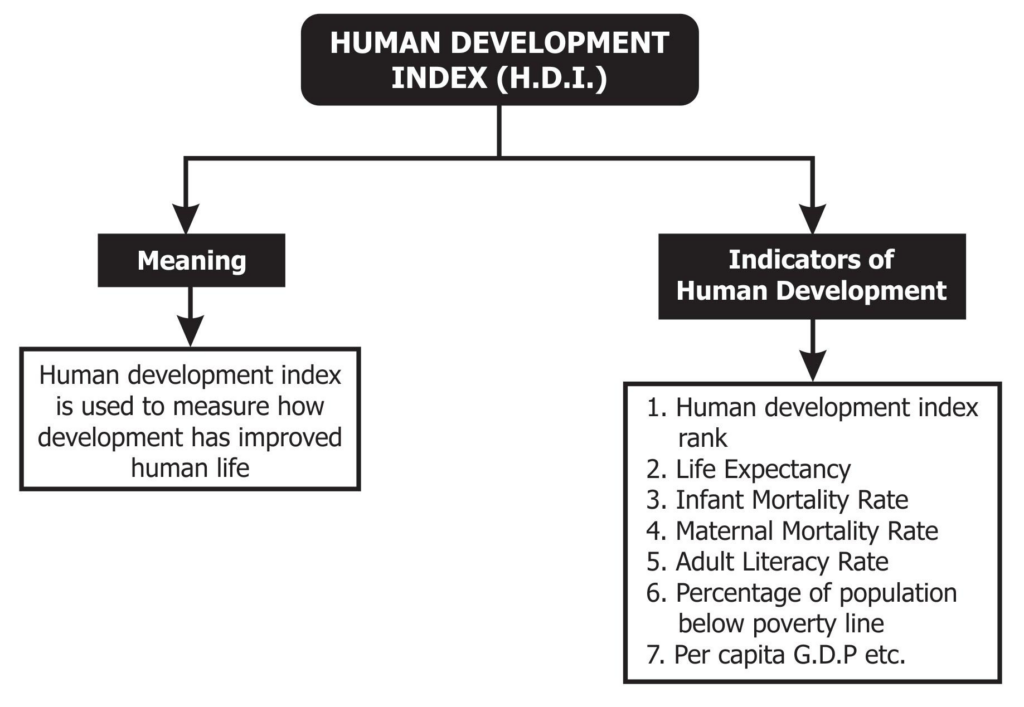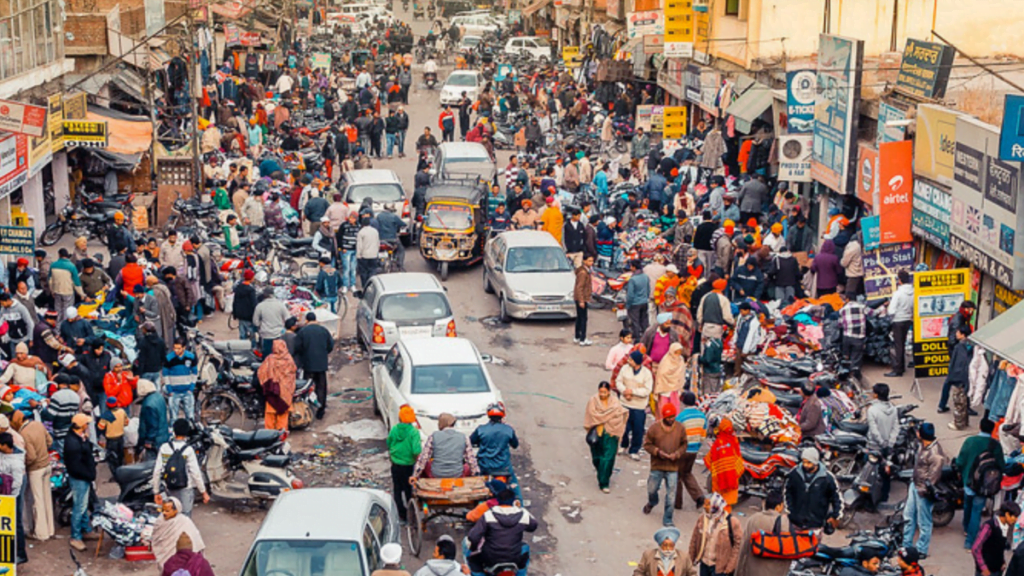The Human Development Index (HDI), introduced back in 1990 by the United Nations Development Programme (UNDP), is a people-centric approach to tracking a country’s development in a way that doesn’t solely focus on the nation’s economic growth, but also gives importance to people and their capabilities.
Compiled annually, the Human Development Index measures the growth of a nation based on three indicators which are longevity, education, and income. The longevity of a nation’s population is assessed using the life expectancy index which indicates the life expectancy at birth.
The report for this year was titled ‘Uncertain Times, Unsettled Lives: Shaping our Future in a Transforming World‘. The report cites that over 90 percent of the countries saw a downfall in their HDI in either of the two years of 2020 or 2021. It further mentions that more than 40 percent of the countries saw a drop in both years.

India’s human development index for 2021 was 0.633, placing it at 132 out of 191 countries and territories. India’s position is in the medium human development category. For the year 2021, India had the following statistics: life expectancy at birth was 67.2 years, the expected years of schooling was 11.9 years, and the mean years of schooling was 6.7 years. The GNI (Gross National Income) per capita was 6,590. The HDI change in 2021 from 2020 was -0.009.
The numbers for 2020 were similar with the same expected years of schooling and mean years of schooling. The life expectancy at birth in 2020 was 70.1 years and the gross national income per capita was 6,107.
Ideology influences what and how people think. It also influences development methods. Major studies have shown the impact and relationship between ideology and development. Societies with relatively egalitarian and inclusive principles are more successful in fulfilling basic human development. On the other hand, societies with divided and patriarchal ideologies backed by discriminatory ideologies have poorer results in the attainment of human development
From 1990, the year HDI commenced, to 2021, the change in India’s HDI value was 0.434 to 0.633. India’s life expectancy at birth changed by 8.6 years between 1990 and 2021, as did the mean years of schooling and expected years of schooling. Between 1990 and 2021, there was an approximate 268.1 percent change in the GNI per capita of India.
When it comes to inequalities in health and development, they are undoubtedly a gendered area. Inequalities between men and women and other genders are visible in data like the sex ratio at birth or the global gender gap index.
Our society is structured in such a way that women and girls face more adversities. This makes them more prone to illnesses and diseases. Gender interacts with multiple factors like education, wealth, and location of residence(urban/rural) to impact the health and well-being of women and other gender minorities.
Therefore, while looking at healthcare, it is also important to look at gender as it interacts with norms, customs, and other things to affect the exposure and vulnerability to diseases and health issues. A study suggests that women in India confront “extensive gender discrimination” while accessing healthcare.
Also read: Internal Displacement: Our Developmental Politics Has No Concern For The Marginalised

Women in India suffer from mental and physical health complications that could be easily prevented with the right steps and access to healthcare. Anaemia is fairly common with a prevalence of 57 percent in women and 25 percent in men in the age group of 15-49, as per the latest National Family Health Survey.
A more nuanced understanding gives us a clear picture of how gender identities are linked to developmental practices and how these gender identities cannot be ignored while formulating policies for development. Women and other minorities in India need a special, more tailor-made approach to achieve success and growth
India’s basic human development is also becoming more politicised by the day, as Devin K. Joshi mentions in his paper “The Politics of Human Development in India and China: It Pays to Invest in Women and Children”. In the article, Joshi looks at two ‘hidden’ political elements that affect human development while comparing India and China: ideology and state capacity. He calls them ‘hidden’ as they are tough to measure and not always observable, and are also ruled out from the quantitative statistical analysis.
Ideology influences what and how people think. It also influences development methods. Major studies have shown the impact and relationship between ideology and development. Societies with relatively egalitarian and inclusive principles are more successful in fulfilling basic human development. On the other hand, societies with divided and patriarchal ideologies backed by discriminatory ideologies have poorer results in the attainment of human development.
India has a long history of a powerful ideological force of caste-based inequalities and patriarchy, both of which justify unequal treatment. Therefore, there is a need for a more egalitarian political ideology that puts human development first.

State capacity as defined by Joel Migdal is “the ability of the state to penetrate society, regulate social relations, extract and appropriate resources in a determined way” or in simpler words, the capacity of the state to perform appropriate functions effectively, efficiently and sustainably.
India’s state capacity, which facilitates basic human development, hasn’t been the strongest with problems of public workforce shortages. A major issue is posed by the absenteeism of teachers, doctors and nurses etc.
Studies conducted have indicated that India has the highest absenteeism rate of 40 percent of health workers in the whole world. Administrative corruption and exploitation of public resources is also an issue faced by human development in India.
A more nuanced understanding gives us a clear picture of how gender identities are linked to developmental practices and how these gender identities cannot be ignored while formulating policies for development. Women and other minorities in India need a special, more tailor-made approach to achieve success and growth.
Also read: Casteism In Places Of Equality: Dalit Bahujan Women’s Experiences In The Development Sector
About the author(s)
Tuba is currently pursuing an Undergraduate Degree in political science, at the Delhi University. She likes reading about current affairs and also loves cats, movies, k-dramas, chai, and staying in. At other times, you would probably find her taking pictures of the sky, if not listening to music




